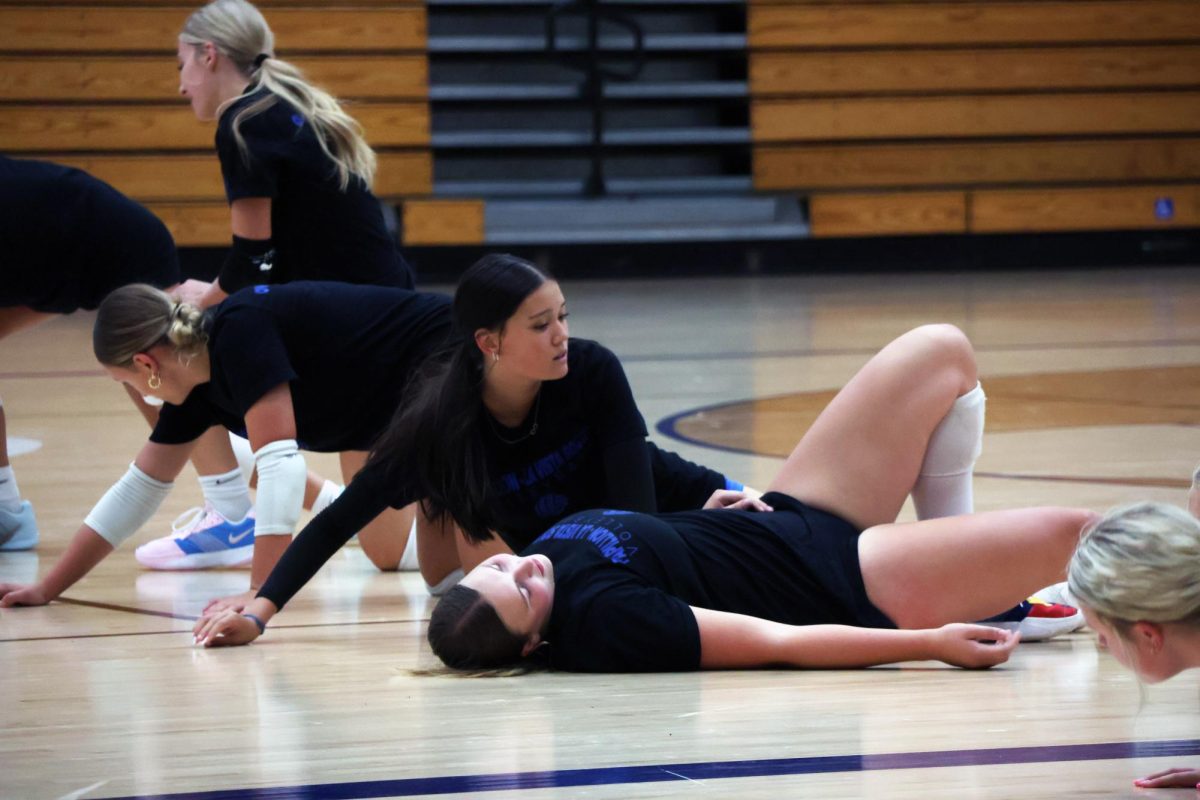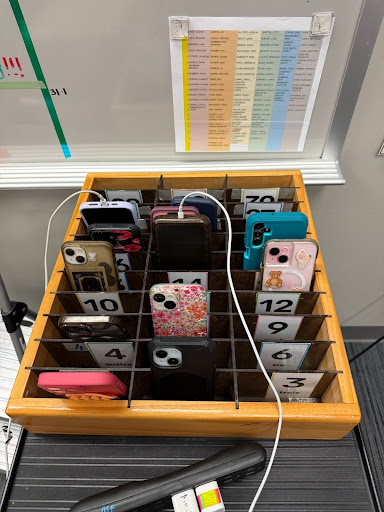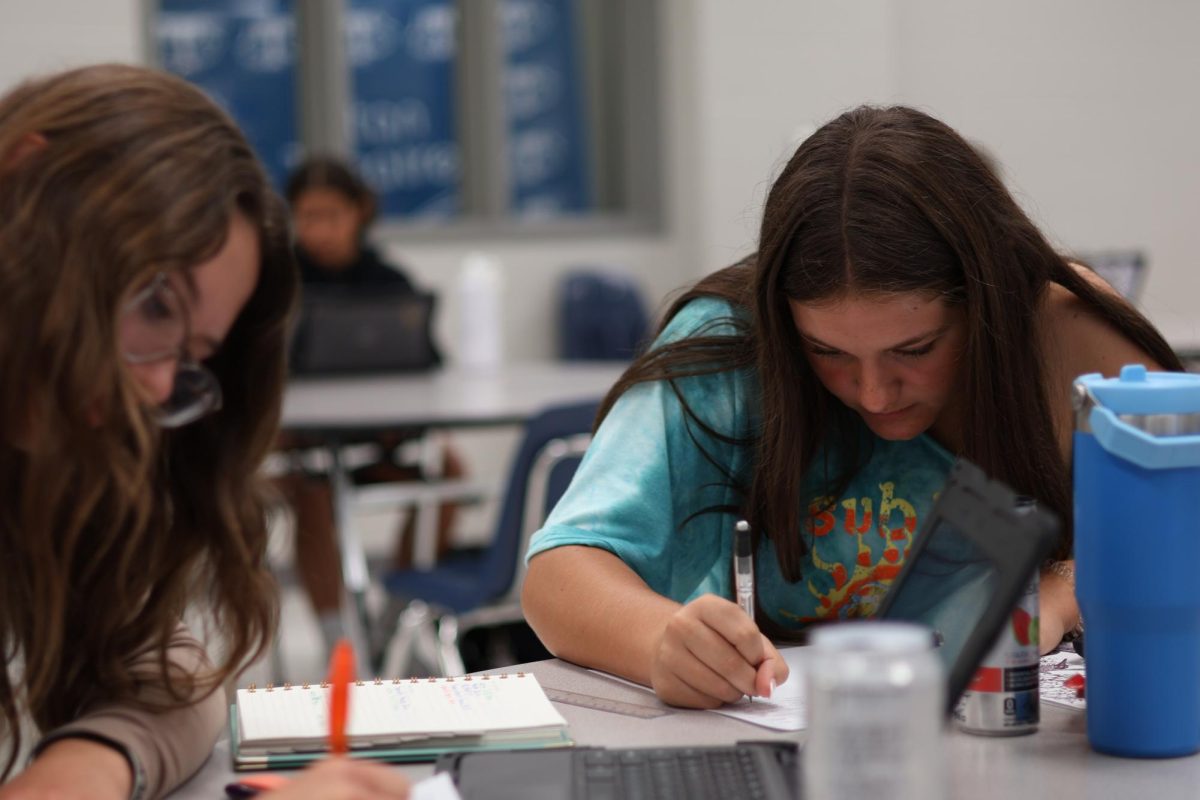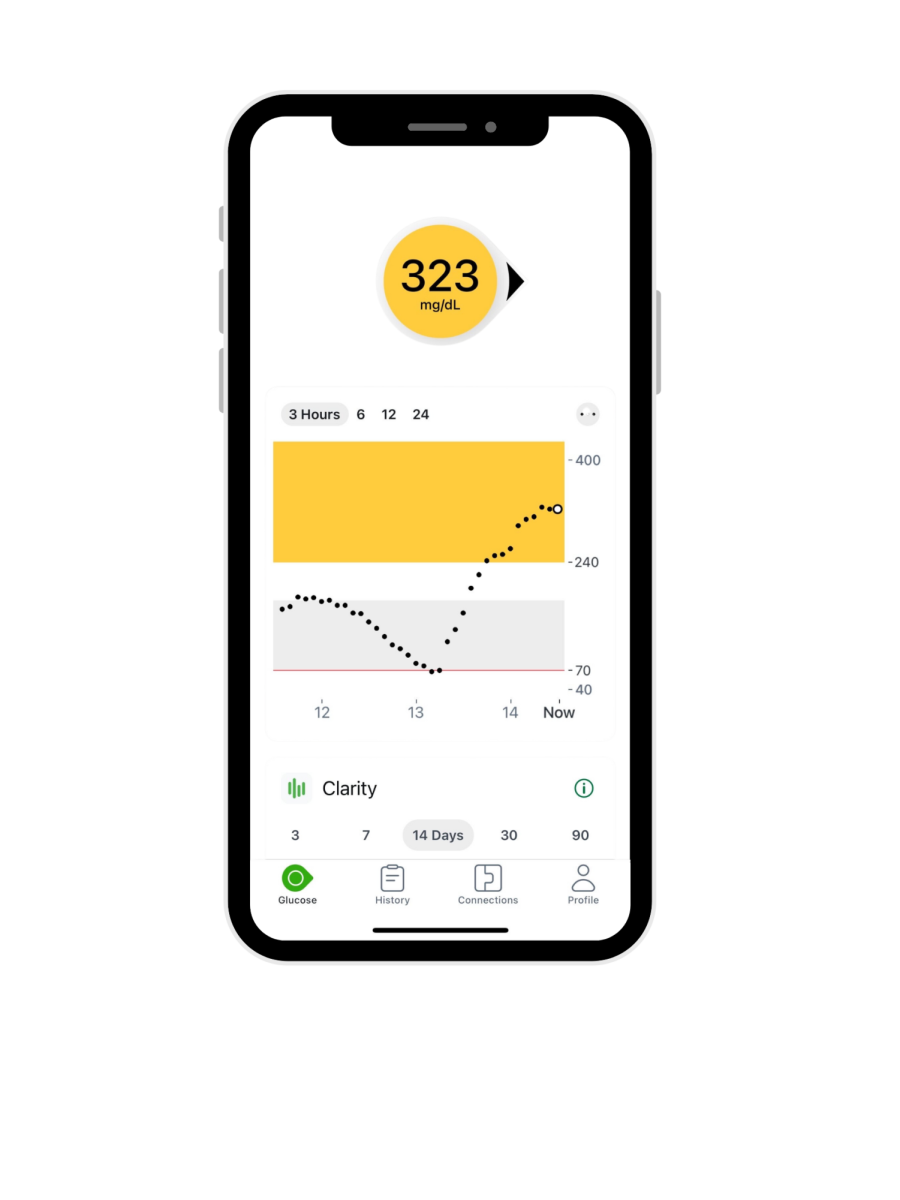In recent years, Papio South has utilized new technology by introducing digital solutions such as an online pass system and online tickets while restricting other forms such as phone use in classrooms. The shift has received mixed reactions, particularly from students. However, as Papio South and other schools across the district navigate the transition, it becomes clear that while there may be an initial learning curve and some inconveniences, accommodations will be made for those who need them and this will ultimately prove to be a step in the right direction.
One reason for stricter phone usage is to improve focus in class. One study from Social Psychology found that just simply having your phone out can make you perform up to 20% worse in cognitive tests. Creating a designated area such as a caddy, or requiring students to put a phone away in a backpack, is meant to correct that.
Of course, no student is the same. There are cases where a student’s device might be a literal lifesaver. For example, a student with diabetes might need to check their device to monitor blood sugar levels. When exceptions such as this occur, the school has a history of working one on one with the individual to find solutions.
Other students who observe these exceptions might be unaware of the health conditions and instead assume someone is disregarding the rules.
Another challenge with the shifting tides of technology is simply buying in. While some parents and teachers may question the necessity of these policies, it is essential to frame the conversation around student success rather than mere compliance. When discussing these changes, the focus should shift from “we have to enforce rules” to “we are implementing measures to help students succeed.” This mindset encourages a collaborative approach to navigate the learning curve associated with new technology.
As with any new policy or technology implementation, there will be challenges and adjustments, but the long-term benefits—including improved social interactions, enhanced academic performance, and better communication—underscore the importance of embracing this technological evolution. By prioritizing both accessibility and personal connection, we can navigate the learning curve together, ultimately benefiting the entire school community


![Pictured above is a structure that displays the names of Nebraska Vietnam veterans in order to “honor [their] courage, sacrifice and devotion to duty and country.”](https://plsouthsidescroll.com/wp-content/uploads/2025/10/Trey_092625_0014-e1760030641144-1200x490.jpg)


























